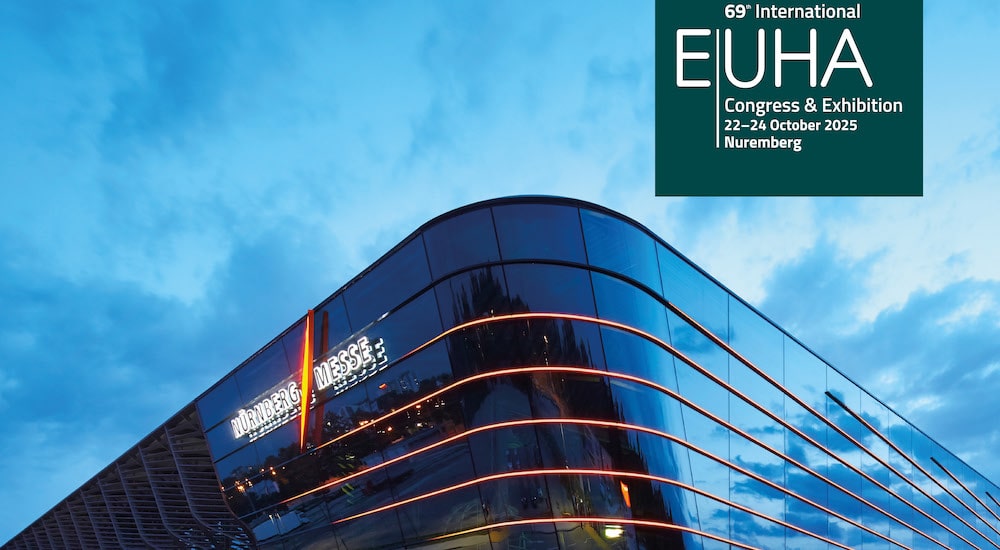A new approach to hearing assessment for personnel in public safety
Noise
A new method for assessing auditory fitness in people working in public safety areas, such as police and correctional services, was recently published in the journal Ear and Hearing, reports News-Medical.

A group of international researchers based in the United States, Canada, and the Netherlands put together an novel objective reference system that can be used to evaluate the ability of individuals to perform essential hearing-critical job tasks in noisy real-world environments.
The team started by identifying these essential hearing-critical job tasks for personnel working in public safety and law enforcement. They found a total of 16 noise environments for law enforcement personnel, and 8 noise environments for corrections personnel. They characterized the locations and real-world noise environments where the personnel perform these tasks, as well as each noise environment in terms of the likelihood of effective speech communication. The team took account of the effects of different levels of vocal effort, communication distances, and repetition in their model.
Results showed that average noise levels ranged from about 70 to 87 dBA in law enforcement environments, and 64 to 80 dBA in corrections environments. The likelihood of effective speech communication at distances of 0.5 and 1 m was often less than 0.50 for normal vocal effort.
On the basis of these data, the team developed a new normative reference. According to Dr. Soli, the first author on the publication, “This method is the first to provide an objective, evidence-based means assessing functional hearing in individuals who must perform hearing-critical job tasks that can directly affect public safety.”
News-Medical; Soli SD, et al. Evidence-Based Occupational Hearing Screening I: Modeling the Effects of Real-World Noise Environments on the Likelihood of Effective Speech Communication. Ear and Hearing. 2018 May/Jun;39(3):436-448.


